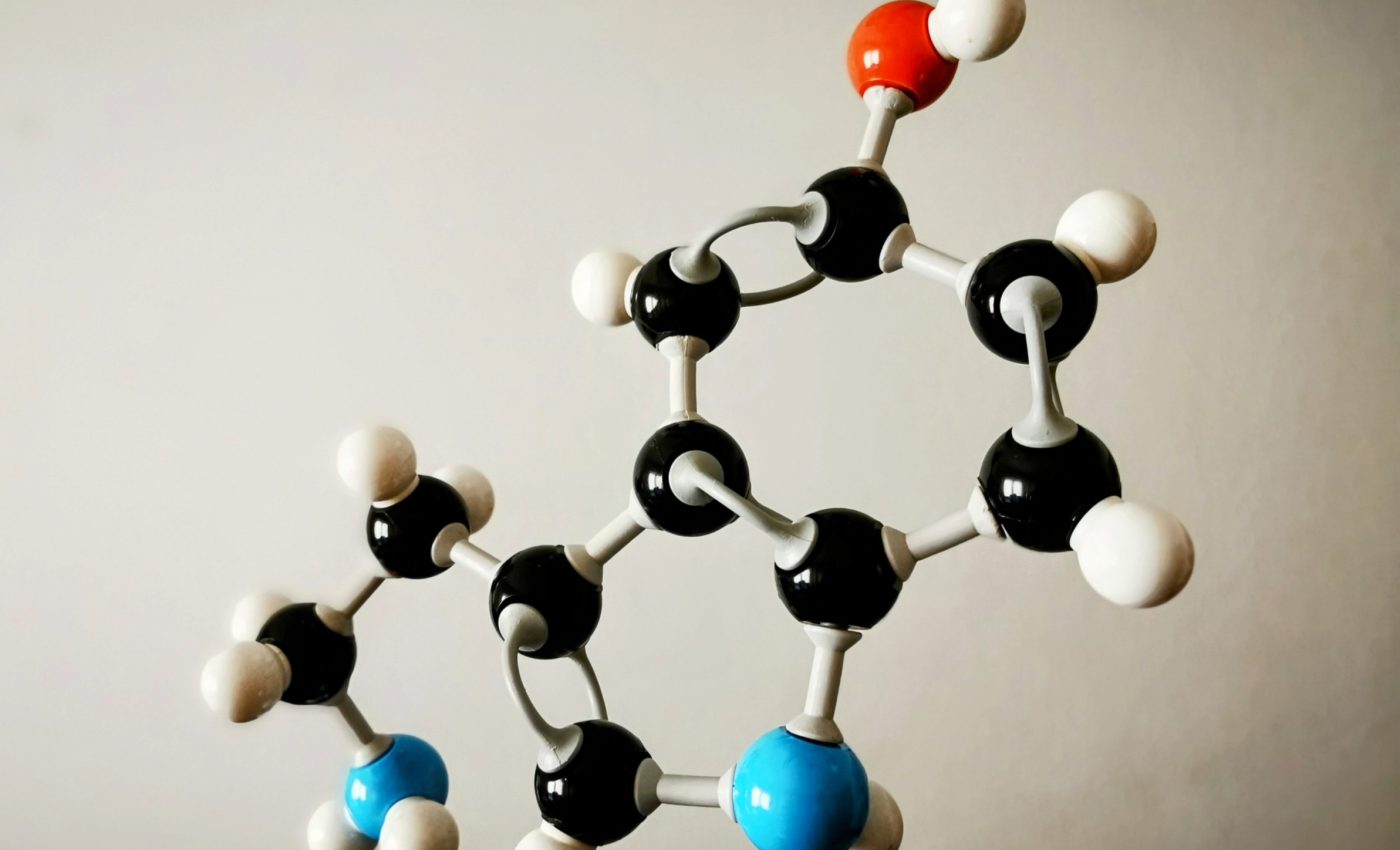
How dopamine and serotonin shape behavior
The neurotransmitters dopamine and serotonin have won popularity titles in the realm of brain science.
The former has often been heralded as the “pleasure chemical,” while the latter is associated with happier, more relaxed moods.
However, the roles of these two chemical messengers are more complex and critical than commonly portrayed.
Recent research reveals an intricate balance between them, which contributes significantly to shaping our behavior.
The real dynamic duo
Stanford’s Wu Tsai Neurosciences Institute has set the stage for a fascinating reveal about the nature of these two protagonists.
Unraveling a new aspect of these mood-managing molecules in their study, the researchers illustrate the complex relationship between dopamine and serotonin.
The findings contradict the common misconception that dopamine is purely a pleasure or reward chemical and serotonin only a gentle mood stabilizer.
“In addition to their involvement in our everyday behavior, dopamine and serotonin are implicated in a wide variety of neurological and psychiatric disorders: addiction, autism, depression, schizophrenia, Parkinson’s and more,” explained Robert Malenka, the study’s senior author.
“It’s critical for us to understand their interactions if we are to make progress treating these disorders.”
Distinct players, distinct roles
Historically, dopamine has been closely associated with reward prediction and seeking, while serotonin has been known to balance these impulses and promote long-term thinking.
Two primary theories have been developed to explain their interplay: the “synergy hypothesis” and the “opponency hypothesis.”
The synergy hypothesis suggests that, while dopamine handles short-term rewards, serotonin manages long-term benefits.
Conversely, the opponency hypothesis argues that dopamine and serotonin act as balancing forces, with dopamine spurring immediate action while serotonin promotes patience.
The new study from Stanford’s NeuroChoice Initiative provides the first direct experimental test of these competing hypotheses, and offers fresh insights into the dopamine-serotonin dynamic.
A revealing experiment
The team used specially engineered mice to observe and control both dopamine and serotonin systems.
This experimental approach helped the researchers pinpoint the interaction between these two neurotransmitters within the nucleus accumbens, a part of the brain involved in emotion, motivation, and reward processing.
In this experiment, the researchers noticed that the dopamine and serotonin systems responded in opposing ways when the mice learned to associate a tone and flashing light with a reward.
They noted that dopamine signaling increased in response to the reward, while serotonin signaling decreased.
It was found that both systems had to be operational for the mice to successfully predict the arrival of a reward based on the presentation of sound and light cues.
This finding supports the decades-old hypothesis of dopamine-serotonin opponency.
A better understanding of dopamine and serotonin
The Stanford study suggests that dopamine and serotonin work in tandem, yet in contrasting ways, to help the brain learn from the experience of being rewarded.
The study proposes that dopamine acts as the “accelerator,” encouraging reward-seeking behavior, while serotonin plays the role of the “brakes,” encouraging patience and long-term thinking.
This new understanding could significantly impact the treatment of disorders, including addiction and mood disorders like depression and anxiety, which involve dopamine and serotonin dysfunction.
Other implications include the potential development of new strategies in addiction treatment to reduce dopamine signaling and increase serotonin activity.
Similarly, for depression, the focus would be on enhancing both systems to improve motivation and long-term planning.
Improved treatments and better health outcomes
The innovative techniques used in this study could have long-standing applications for neuroscience research.
As Malenka pointed out, these novel methodologies could help answer a host of questions related to how the brain mediates adaptive behavior and what goes wrong when these systems malfunction in disorders such as addiction, depression, and autism.
Understanding the delicate dance between dopamine and serotonin is not just about resolving a scientific curiosity.
It’s about enabling improved treatments, better health outcomes, and ultimately, more balanced, brighter lives for people.
Dopamine and serotonin in the body
While the most popular role of dopamine and serotonin is in the brain, their impact is not exclusive to this part of the body.
Dopamine plays a crucial role in movement regulation and its dysfunction leads to motor disorders, such as Parkinson’s disease.
In similar ways, serotonin affects a host of physiological functions, including gut motility, regulation of appetite and the sleep cycle.
In fact, outside of the brain, it is in the gut that the majority of serotonin is produced; here it helps digest food and is also transmitted to the brain along the gut-brain axis.
This broader understanding of dopamine and serotonin as multi-system players highlights their importance not just in shaping our moods and behaviors, but also in maintaining our overall health.
The Stanford study’s revelations about the balance and interplay between these neurotransmitters could pave the way for holistic approaches to treating disorders that span both neurological and physical realms.
By addressing the underlying mechanisms at play, future therapies might simultaneously improve mental health and systemic well-being.
The full study was published in the journal Nature.
—–
Like what you read? Subscribe to our newsletter for engaging articles, exclusive content, and the latest updates.
Check us out on EarthSnap, a free app brought to you by Eric Ralls and Earth.com.
—–













